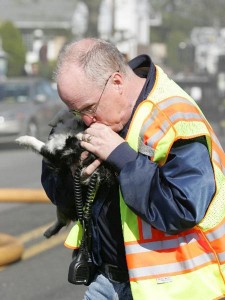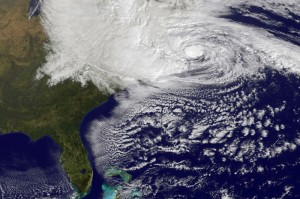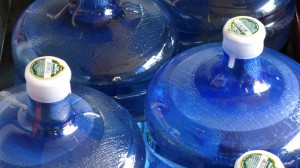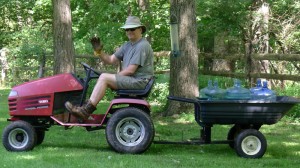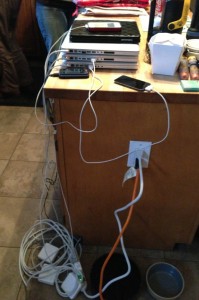 I’ve owned many Guild guitars, and due to the fact that I have a soldering iron and I’m not afraid to use it, I’ve learned a fair bit about various Guild pickups and their wiring. Since there seems to be little information on the Internet about this topic, I decided to write up what I have discovered.
I’ve owned many Guild guitars, and due to the fact that I have a soldering iron and I’m not afraid to use it, I’ve learned a fair bit about various Guild pickups and their wiring. Since there seems to be little information on the Internet about this topic, I decided to write up what I have discovered.
Though I’ve covered the cosmetic and size differences of the various full-sized Guild HB1 pickups in my article entitled Guild Full-Sized HB1 and SD1 Pickup Variations, this article will cover the wiring of the pickups as opposed to the means of identifying them.
There are many different Guild guitars, and there are almost as many wiring schemes. Instead of covering each scheme here, I’ll describe the pickups themselves, and how they might be wired into any guitar. Other articles, such as The Fascinating Guild S-200 Thunderbird and Replacing Pickups in a Guild Nightbird will cover wiring specific to those guitars. Read More

